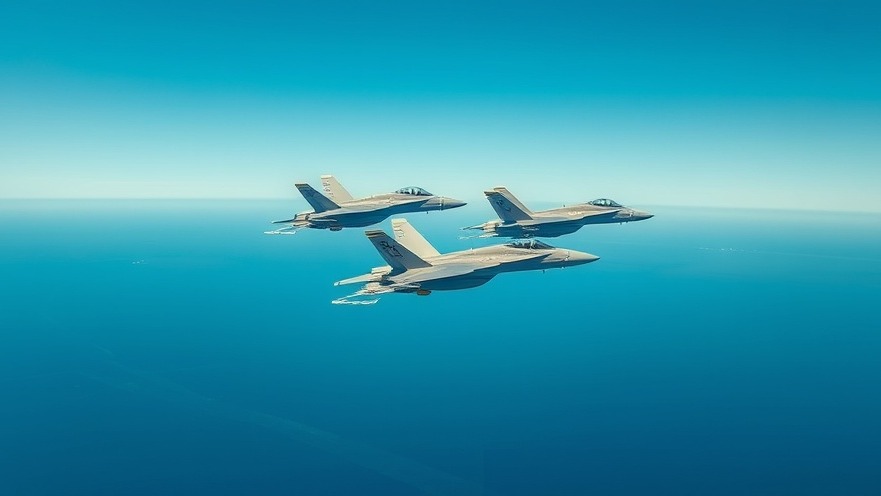
F/A-18 and EA-18G: A Legacy of Excellence in Flight
As of August 2025, the F/A-18 Hornet and EA-18G Growler have crossed an impressive milestone, reaching over 12 million flight hours combined. This achievement not only highlights the durability and performance of these aircraft but also showcases the dedication of the service members who operate and maintain them. Serving as the backbone of naval aviation operations, these aircraft have been pivotal in various conflicts and training missions since their introduction, earning their place in aviation history.
Understanding the Significance of Flight Hours
Flight hours are a critical metric for understanding the operational readiness and reliability of military aircraft. Each hour spent in the sky represents extensive training and operational use, indicating that these planes have been rigorously tested under varied conditions. Additionally, these flight hours help inform future upgrades and modifications, ensuring that the aircraft remain at peak performance to meet evolving demands of modern warfare.
Community Connection: Celebrating the People Behind the Planes
Behind every successful flight, there are countless individuals working diligently to make it happen. The contributions of pilots, mechanics, engineers, and support staff are fundamental to the aircraft's success. Their stories of resilience and teamwork are often overlooked but are vital to maintaining safety and efficiency in each mission. Celebrating these unsung heroes not only honors their hard work but also inspires future generations to pursue careers in aviation and defense.
Future Trends: What Lies Ahead for Naval Aviation?
Looking ahead, the future of naval aviation is bright, with advancements in technology paving the way for even greater achievements. Emerging platforms like the F-35 and advancements in unmanned aerial systems (UAS) hold promise for enhancing the capabilities of naval forces. As we reflect on the legacy of the F/A-18 and EA-18G, we must also embrace the innovative technologies that will shape the next generation of military aviation, providing our servicemen and women with cutting-edge tools to accomplish their missions safely and efficiently.
Your Role in Supporting Our Military Community
Understanding the achievements of military aircraft and the people behind them helps foster a deeper connection with our armed forces. Engaging with local community initiatives, whether through volunteering, supporting military families, or advocating for veteran rights, is a wonderful way to show appreciation. Each small gesture matters, and together, we can contribute to a stronger, more supportive military community.
 Add Row
Add Row  Add
Add 




Write A Comment